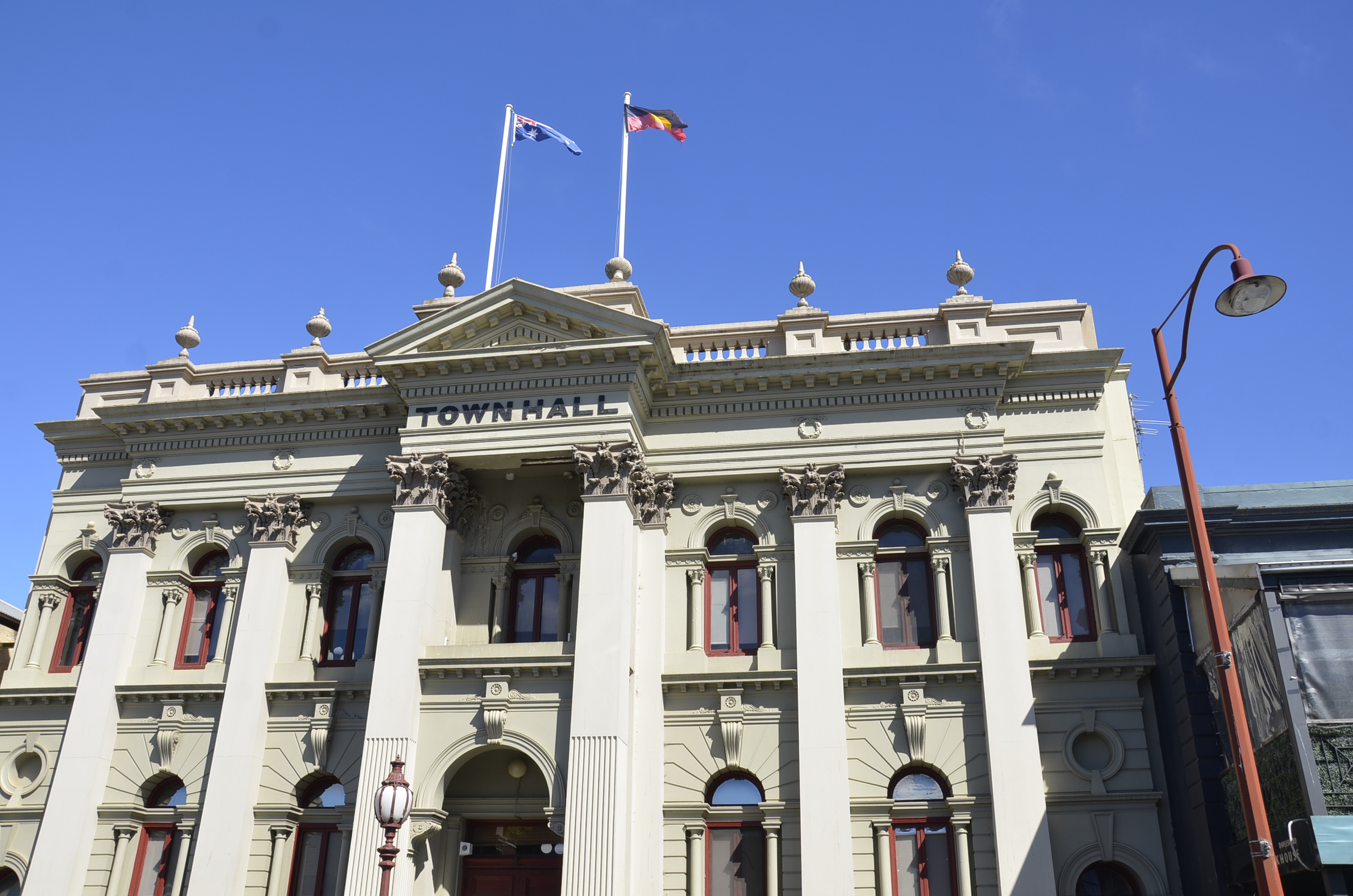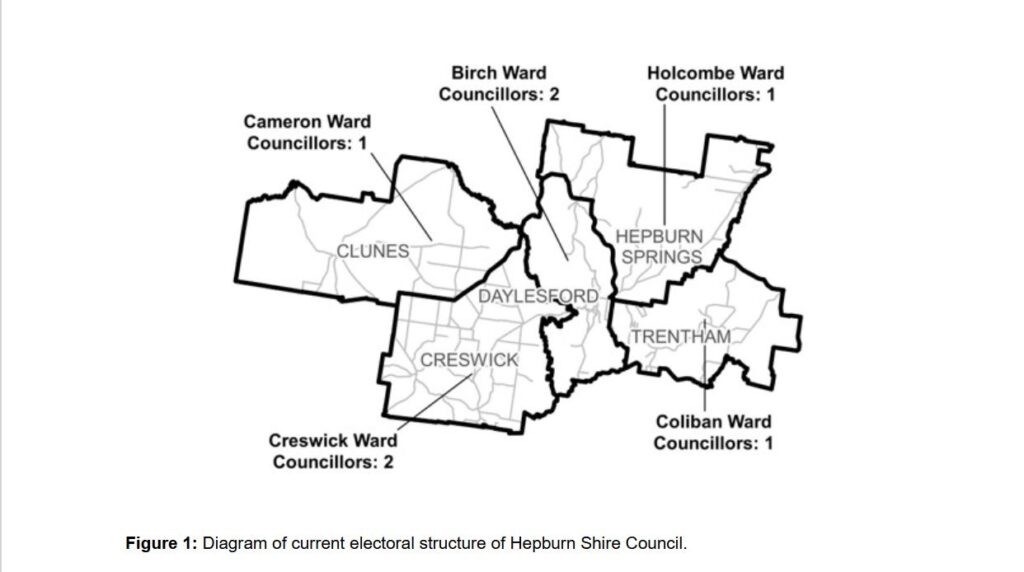February 22nd, 2024Wards to be axed in Hepburn shire electoral move

Words: Eve Lamb
Victoria’s minister for local government has announced a new electoral structure for Hepburn Shire that will do away with the current ward system later this year.
The changes will see the shire move from having five wards with seven councillors, to having no wards with seven councillors.
Voters will be able to vote for any candidate, regardless of where they or the candidate live in the municipality. There are approximately 16,283 voters in Hepburn Shire Council, with a ratio of 2,326 voters per councillor.
The new unsubdivided structure will take effect from the next local government election which is set for October this year.
The change has raised criticism and concern among some residents, including mayor Cr Brian Hood, particularly in some of the smaller towns and communities where locals fear it may see their community under-represented and sidelined in future council decision-making.
In April 2020, the state government had committed to electoral structure reviews for 39 councils conducted by Electoral Representation Advisory Panels in accordance with the Act.
The panels have since provided their final reports to the local government minister, Melinda Horne MP, who has considered them and accepted the recommendations to alter the electoral structures of all 39 councils.
The protracted process provided for public input and consultation with several different electoral structural models considered in Hepburn.
Submissions not in favour of the move to an unsubdivided electoral structure had expressed concern that the model would not reflect or capture the shire’s distinct communities of interest, its geography or the location of communities in different areas of the shire.
Several submitters from Trentham, for example, felt that without a ward structure, their community would be overshadowed by towns with larger populations.
During the consultation process, the shire’s mayor councillor Brian Hood suggested an unsubdivided structure would result in the election of councillors who were unaware of the issues and interests of communities if they were not from the local area.
Cr Hood felt this would have a negative impact on the Trentham communities of interest in particular and identified the possible impacts on councillor workloads when having to travel throughout the shire.
During an online public hearing held last April, Hepburn Shire Council CEO Bradley Thomas also expressed the council’s own reservations around changing the current electoral structure, which it felt had worked very well to date.
Mr Thomas noted that councillors were divided in their support between two of the considered models; either a shift to the unsubdivided structure or, instead, to a structure with seven single-councillor wards.
However, submitters in favour of the move believe an unsubdivided structure will help reduce parochialism among councillors and the council itself, by making councillors accountable to voters in all areas of the shire, and will encourage councillors to adopt a shire-wide approach to council business.
Among those favouring the unsubdivided structure, the Victorian Pride Lobby’s submission supported the model’s potential to increase the diversity of candidates and elected councillors.
Their submission quoted councillor Tim Drylie’s preliminary submission, and the suggestion the council would include a wider and more diverse range of voices when councillors were elected according to their policies and appeal to all voters instead of their location or ward area.
After considering the requirements of the Act, public submissions and agreed criteria, the panel found that Model 1 (an unsubdivided structure) is “the best model for promoting fair and equitable representation for voters in Hepburn Shire Council and consequently facilitate good governance”.
Hepburn is now among five councils set to change to an unsubdivided structure, alongside Campaspe Shire Council, Gannawarra Shire Council, Moorabool Shire Council and Strathbogie Shire Council.
For those keen to know more and to examine the rationale behind this change, the full report is available on the Local Government Victoria website.











